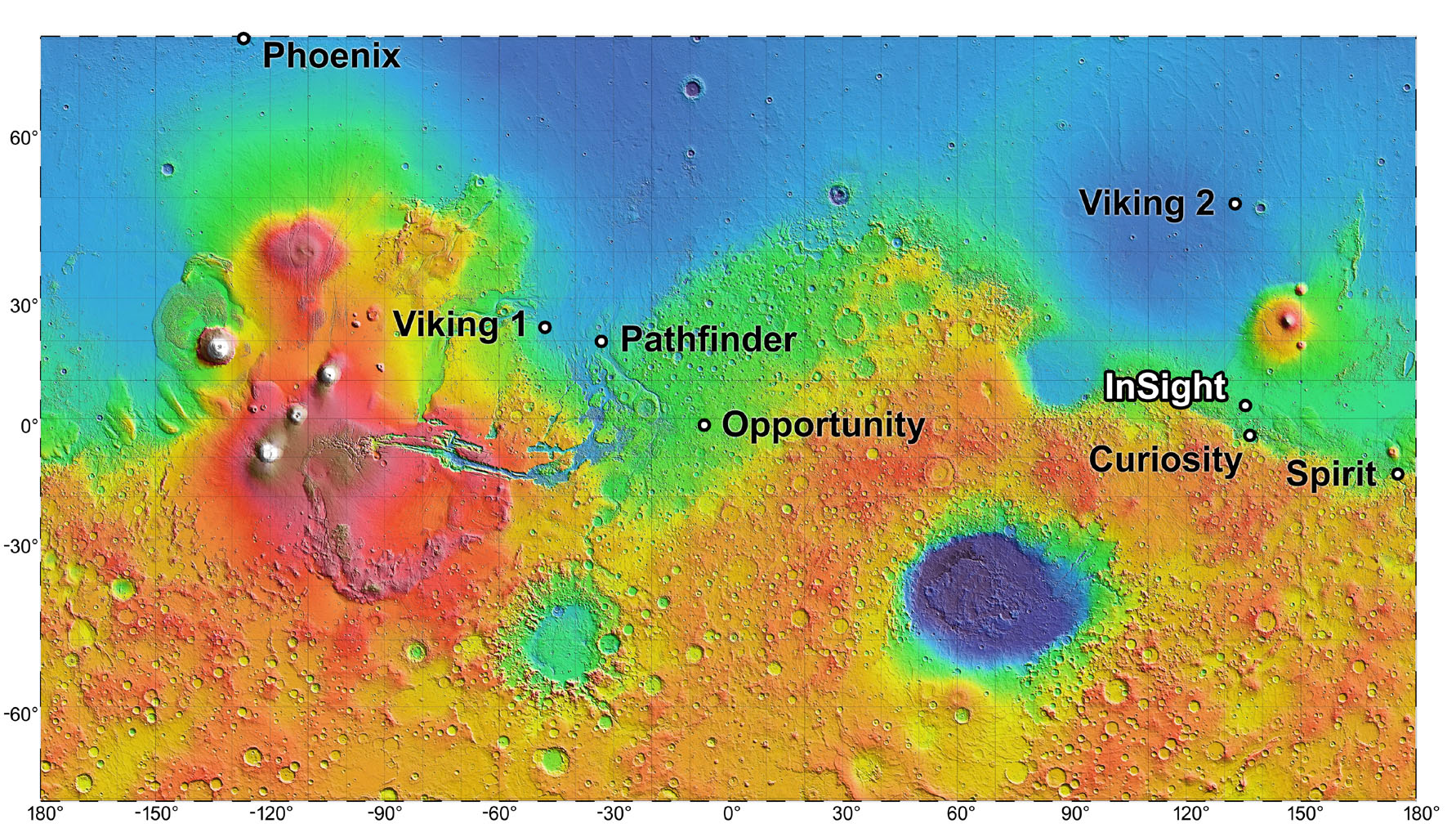In the course of exploring Mars, the many landers, rovers and orbiters that have been sent there have captured some truly stunning images of the landscape. Between Spirit, Opportunity, Curiosity, the Mars Reconnaissance Orbiter (MRO) and others, we have treated to some high-definition images over the years of sandy dunes, craters and mountains – many of which call to mind places here on Earth.
However, if one were to describe the region where NASA’s Interior Exploration using Seismic Investigations, Geodesy and Heat Transport (InSight) lander will be landing (on Nov. 26th, 2018), the word “plain” would probably come to mind (and it would be appropriate). This region is known as Elysium Planitia, and it is where InSight will spend the next few years studying Mars’ interior structure and tectonic activity for the sake of learning more about its history.
To put it simply, Elysium Planitia is a broad plain that straddles the equatorial region of Mars. While there are several interesting features there, such as ancient volcanoes, large craters, and river valleys, the site where InSight will be landing is decidedly flat and boring-looking. Given the nature of InSight’s mission; however, these same characteristics make it the ideal spot.
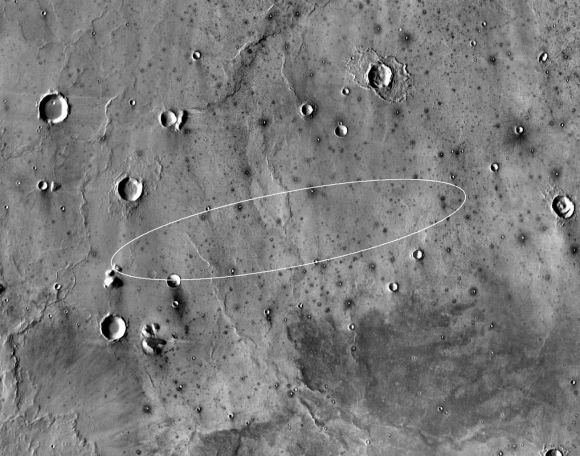
As Bruce Banerdt, InSight’s principal investigator at NASA’s Jet Propulsion Laboratory, explained in a recent NASA press release:
“If Elysium Planitia were a salad, it would consist of romaine lettuce and kale – no dressing. If it were an ice cream, it would be vanilla… Previous missions to the Red Planet have investigated its surface by studying its canyons, volcanoes, rocks and soil. But the signatures of the planet’s formation processes can be found only by sensing and studying evidence buried far below the surface. It is InSight’s job to study the deep interior of Mars, taking the planet’s vital signs – its pulse, temperature and reflexes.”
Because InSight is a lander, it will be staying in one place for the duration of its mission. As such, the landing site needed to fulfill a number of requirements. These included the site being bright and warm enough to power the lander’s solar cells and keep its electronics within temperature limits for an entire Martian year (26 Earth months). This led the team to focus on the equatorial band, where the lander would be able to get enough sunlight year-round.
The site also needed to be low-enough in terms of elevation to have sufficient atmosphere above it, which will ensure that the lander slows down enough (from air friction) before deploying its chute and landing rockets to make a safe landing. To ensure that the three-legged lander could touch down and deploy its solar cells safely, the site also needed to be relatively flat, free of rocks and not subject to strong winds.
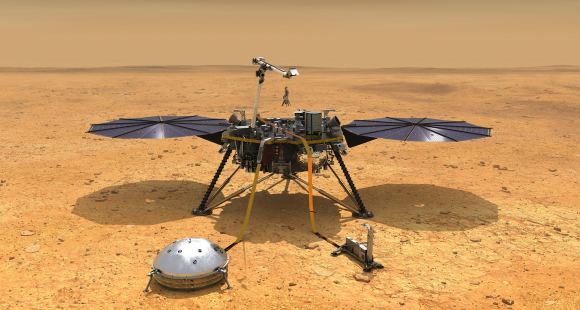
Of the original 22 sites that were considered, only three made it to final round back in August of 2013. There included Elysium Planitia, Isidis Planitia and Valles Marineris. To see how these three contenders measured up, the team examined reconnaissance images and weather records obtained by NASA’s various Mars orbiters. In the end, Isidis Planitia and Valles Marineris were ruled out for being too rocky and windy.
This left Elysium Planitia, or more specifically, an elliptical stretch of land located on the western edge of a flat, smooth expanse of lava plane. This patch of land runs roughly from west to east and measures about 130 km (81 mi) in length and 27 km (17 mi) in width. As Tom Hoffman, InSight project manager at JPL, explained:
“Picking a good landing site on Mars is a lot like picking a good home: It’s all about location, location, location. And for the first time ever, the evaluation for a Mars landing site had to consider what lay below the surface of Mars. We needed not just a safe place to land, but also a workspace that’s penetrable by our 16-foot-long (5-meter) heat-flow probe.”
Once deployed, the InSight lander will rely on three instruments to take the “vital signs” of Mars and learn more about the history of the Solar System when the rocky planets has just formed. These instruments include the Seismic Experiment for Interior Structure (SEIS), the Heat Flow and Physical Properties Package (HP3), and the Rotation and Interior Structure Experiment (RISE).
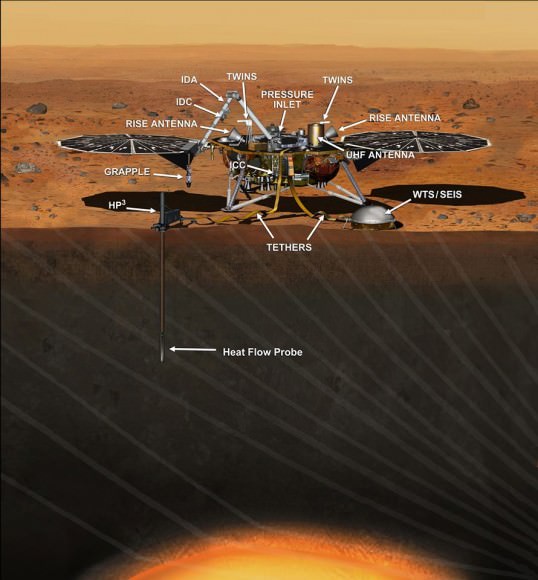
The SEIS instrument – which was developed by France’s National Center for Space Studies (CNES) in collaboration with NASA and several European scientific institutions – will record Mars’ seismic waves and attempt to determine if they are the result of “marsquakes” and meteor impacts. This information will also reveal a great deal about the planet’s interior layers.
The HP³ probe, supplied by the German Aerospace Center (DLR), will use a Polish-made self-hammering mechanism to bury itself deeper than any previous Martian probe – 3 meters (10 feet) or more. As it descends, the probe will extend sensors that will measure the temperature profile of the subsurface. Combined with surface measurements, the instrument will determine the amount of heat escaping from the planet’s interior.
The (RISE) experiment will use the lander’s X-band radio link to conduct Doppler tracking of the lander’s location, which will also allow it to measure variations in Mars’ rotational axis. Since these variations are primarily related to the size and state of Mars’ core, this experiment will shed light on how Mars lost its magnetosphere billions of years ago (and hence, most of its atmosphere and surface water).
The rocket that launched InSight also launched a separate NASA technology experiment known as Mars Cube One (MarCO), which consists of two CubeSats that are traveling to Mars behind InSight. The purpose of this mission is to test the ability of miniaturized deep space communications equipment, which will relay InSight data back to Earth as it enters the Martian atmosphere and lands.
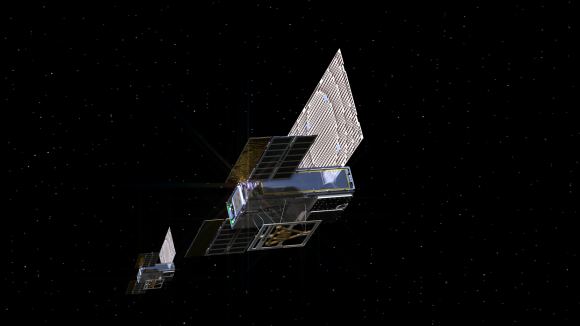
By studying Mars interior, InSight will help scientists to determine what was happening roughly 4.5 billion years ago. This was a time when all the rocky planets in our Solar System (Mercury, Venus, Earth and Mars) had just formed from the Sun’s circumsolar dust ring. By learning more about it’s core, the mission will shed light on one of Mars’ most enduring mysteries: how it went from being warmer and wetter to the dry and freezing place we know today.
The answers to these questions will also teach us more about the conditions and circumstances under which life formed here on Earth, and how it might have once existed (and possibly still does) on Mars. With InSight scheduled to land later this month – a little before 3 p.m. EST (12 p.m. PST) on Nov. 26th – and with the first science results expected three months later, we can anticipate some very interesting finds about the Red Planet coming soon!
Be sure to check out this overview of the Mars InSight mission, courtesy of NASA/JPL:
Further Reading: NASA

